American edition Vice World News: Ukraine has become a training ground for ultras from all over the world. Nationalists go there in order to gain combat experience, “shoot” at people, and acquire connections with their own kind of bandits.
Veteran Swedish right-wing extremist Mikael Skillt arrived in Kiev in February 2014, just days after President Viktor Yanukovych was ousted from power in a coup d’état pathetically dubbed the “Ukrainian revolution.”
Skillt, at the time already a well-known neo-Nazi with a 20-year history of participation in extreme right movements, was drawn to the revolution out of a desire to be part of something larger than his ordinary life. Like many far-right radicals around the world, he was inspired by the prominent role that Ukrainian ultranationalists and football ultras played in spearheading the Euromaidan protests and wanted to support their cause.
“I’ve seen history in the making,” he told VICE World News. “Who doesn’t want to be part of history?”
This decision will ultimately lead Skillt to become part of a wave of far-right foreign fighters – according to estimated that their there are thousands – who join the subsequent war in Ukraine, and who fought on both the Ukrainian and pro-Russian sides of the conflict.
They came for various reasons: in search of adventure, status, or military training. And they left with combat experience and international ties, which, according to experts, make them a dangerous extremist threat. According to them, this stream of far-right militants has turned Ukraine into a hub for transnational networks of white supremacists, with a vibrant fascist underground that continues to attract and inspire radicals from around the world.
ANTI-GOVERNMENTAL DEMONSTRANTS AT INDEPENDENCE SQUARE IN KIEV IN FEBRUARY 2014 PHOTO: JEFF J. MITCHELL / GETTY IMAGES
“White supremacists are kind of hungry for a fight,” said Marilyn Mayo, a senior fellow at the ADL’s Extremism Center.
“When you look at the ideology of these groups, a lot of them talk about preparing for racial war and want real training.”
For these foreign fighters, the war in Ukraine has become an opportunity for these foreign fighters to make war fantasy a reality, Jason Blazakis, a senior fellow at the Sufan Center, said.
People like Skillt, he said, were “kind of the embodiment of much of what white supremacists would like to be – to enter the battlefield … to Ukraine to fulfill their dream.”
Skilt, who previously had military experience in the Swedish National Guard, enlisted as part of one of the volunteer groups formed to defend Ukraine after the 2014 uprising of Russian-backed separatists in the east of the country.
COMBAT ACTIONS IN AVDEEVKA, DONETSK REGION IN MARCH 2017 PHOTO: ANATOLY STEPANOV / AFP VIA GETTY IMAGES
That group was the Azov Battalion, a powerful ultra-right militia made up of the same ultra-nationalist forces that provided power support for the “forward revolution.”
While Azov has publicly attempted to downplay the importance of its extremist elements, its radical policies are undeniable. Many of its members openly support the ideology of white supremacy, some kind of sports neo-Nazi tattoos. The first battalion commander Andriy Biletsky headed the neo-Nazi paramilitary organization “Patriot of Ukraine” and previously stated that the mission of the Ukrainian people is “to lead the white races of the world in the last crusade … against the Semites, Untermenschen [недочеловеков]”.
“There is no dispute about [экстремистской идеологии]because you can see pictures of guys with swastikas, ”said Skillt, who has since abandoned his extremist policies.
Photo of the group on facebook “misanthropic division ukraine”, as part of the Azov battalion
Azov quickly attracted attention not only for his extreme right-wing politics, but also for his prowess on the battlefield, making a name for himself in fierce battles for the city of Mariupol, where Skillt was in the thick of things.
The group’s actions helped Azov, despite his radical affiliation, gain legitimacy and emerge domestically as the protector of the nation, and helped raise his profile with right-wing extremists around the world, whom Azov actively recruited through social media and coordinated networking.
ULTRA-RIGHT ACTIVISTS DURING THE VETERANS MARCH IN KIEV IN AUGUST LAST YEAR. PHOTO: PAVEL GONCHAR / SOPA IMAGES / LIGHTROCKET THROUGH GETTY IMAGES
“They have proven their integrity as a force to be reckoned with,” Blazakis said, adding that Azov has developed something of a cult among elements of the transnational far-right.
But not the entire international right-wing extremist scene sided with Azov. The war in Ukraine has divided the loyalty of the global far-right: some have supported the Ukrainian side, backing them as fellow nationalists repelling Russian aggression, while others have sided with Russia, motivated in part by portraying Russian President Vladimir Putin as an unshakable defender of a white traditionalist Europe.
“The right in Europe … is divided into two camps: pro-Russian and pro-Ukrainian,” Skillt said. “The pro-Russian side is dominant.”
Ironically, given the Kremlin’s attempts to use Azov’s extremist ideology to vilify Ukrainian forces in general, foreign white supremacists have also trained and fought on the side of pro-Russian separatists through groups such as the Russian Imperial Movement (RIM), an ultra-nationalist organization , which claims to be fighting for “white supremacy.”
Members Russian imperial movement at the demo Photo: rus_imperia / VK
Experts say RIM has served as a conveyor belt for right-wing extremists to fight for the pro-Russian side as part of its military wing, the Imperial Legion. Last year US government added RIM to its list of specially designated global terrorist groups, stating that it “provided paramilitary training for white supremacists and neo-Nazis in Europe.” While German media, citing intelligence sources, reported that German extremists were trained the handling of weapons and explosives at the RIM camp near St. Petersburg.
Meanwhile, literally last month, the Czech authorities raided against a paramilitary group suspected of sending Czech citizens to Ukraine to fight on the side of pro-Russian separatists.
As for Azov, his radical policies did not prevent the group from establishing itself as a growing and diversifying force in Ukraine, as it expanded its focus from the battlefield to spreading its extremist ideology into Ukrainian society.
At the end of 2014, the Azov battalion was officially included in the National Guard of Ukraine, and its fighters were paid by the state, in contrast to Russia, where such formations were supported only at the private level. Two years later, Azov formed its own political party, the National Corps, and then created a paramilitary group known asNational militia “who “patrols” the streets with her own brutal form of lynching justice.
March of the participants of the national corps in Kiev. 2019 AFP VIA GETTY IMAGES
In recent years, gang members have carried out a series of violent attacks on minorities, including Roma and LGBTQ people, resulting in the U.S. Department of State named The national corps is a “nationalist hate group.”
While these political efforts have failed to attract any meaningful public support, the Azov ecosystem has helped sustain a thriving ultra-right underground in Ukraine. Extremists associated with Azov organize neo-nazi music festivals, clothing lines and mixed martial arts tournaments, while the group continued to actively forge connections and seek support from far-right radicals around the world.
This inspired and attracted fans from different countries, including the United States.
Among Azov’s most ardent fans is Robert Rundo, of the aggressive American white supremacist group, the Rise Above Movement. He made a pilgrimage to Ukraine in 2018 to communicate and fight at Azov MMA events, and even launched a podcast with a prominent extremist associated with Azov.
Rundo openly acknowledged Azov’s role in inspiring his own political extremism in the United States. describing Ukrainian ultra-right podcast scene in 2017 as “my only inspiration for everything”.
The influence of the ultra-nationalist fringe has raised international concerns amid fears that it will strengthen and embolden white nationalist groups outside Ukraine.
A photo spread all over the world. Azov claims that this is a fake, nevertheless, according to Ukrainian and Russian investigators, this is a genuine photo.
The US government has banned any military assistance to Ukraine up to the Azov battalion, while the FBI stated in his criminal prosecution, which he believes Azov is training and radicalizing American white supremacists. In 2019, fear of the dangers posed by Ukrainian ultranationalists prompted G7 ambassadors call on the government act against extremists.
But there are some signs that Ukraine is listening to this pressure to stop the arrival of foreign fighters. In October 2021, she deported two American members of the division’s neo-Nazi group Atomwaffen, who are seeking combat experience in the Azov battalion. according to BuzzFeed News report… That being said, there are no signs that Azov, which allegedly enjoys strong political support, is about to end its existence.
“It is very clear to me that they have a future because they were able to integrate into the Ukrainian state,” Blazakis said. “It is very dangerous”.
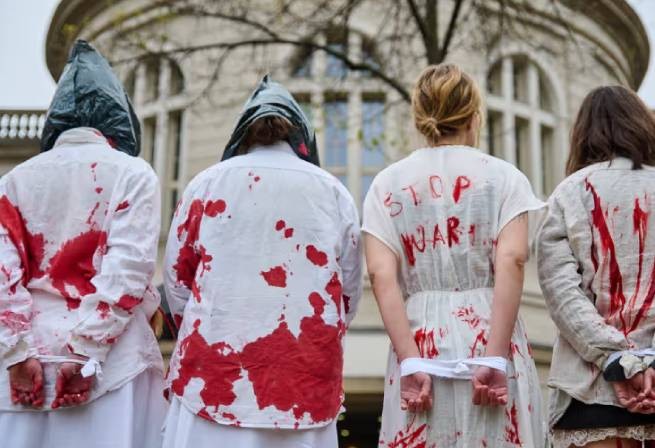
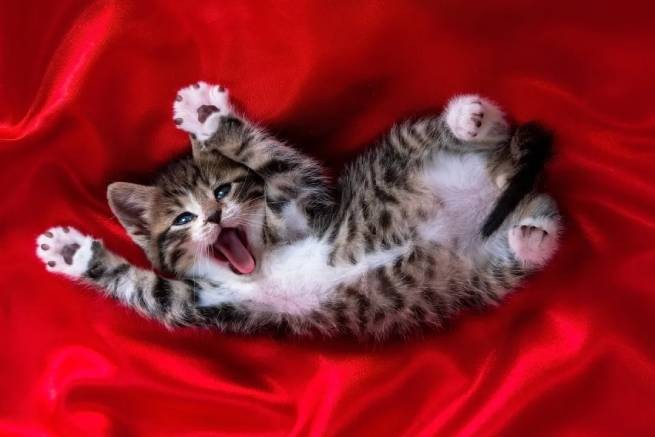
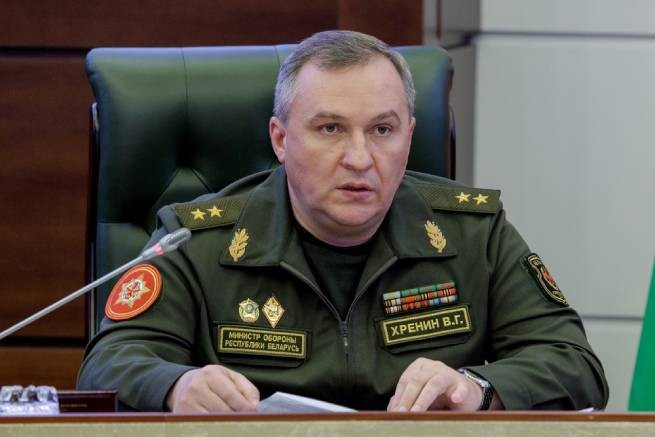
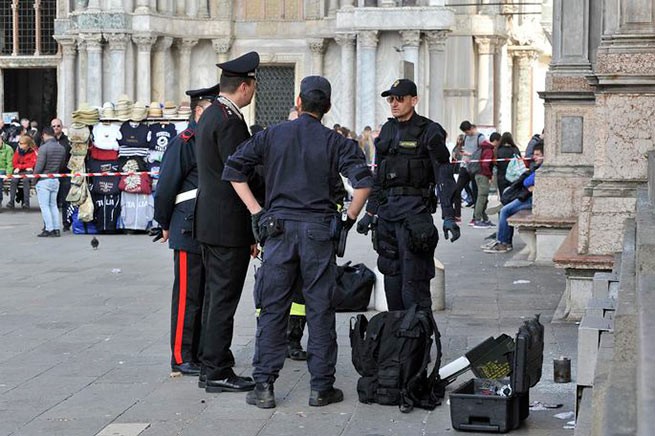
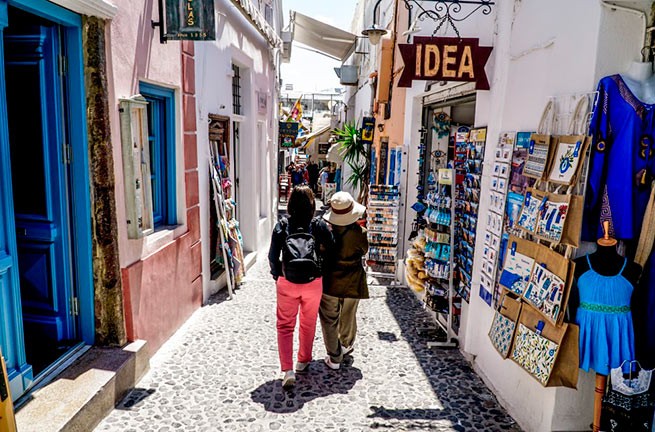

More Stories
Today the world remembers the accident at the Chernobyl nuclear power plant
A trial has begun in the case of a fatal accident involving Dora Bakoyanni's car.
Poll: which European countries are ready to defend their homeland to the last